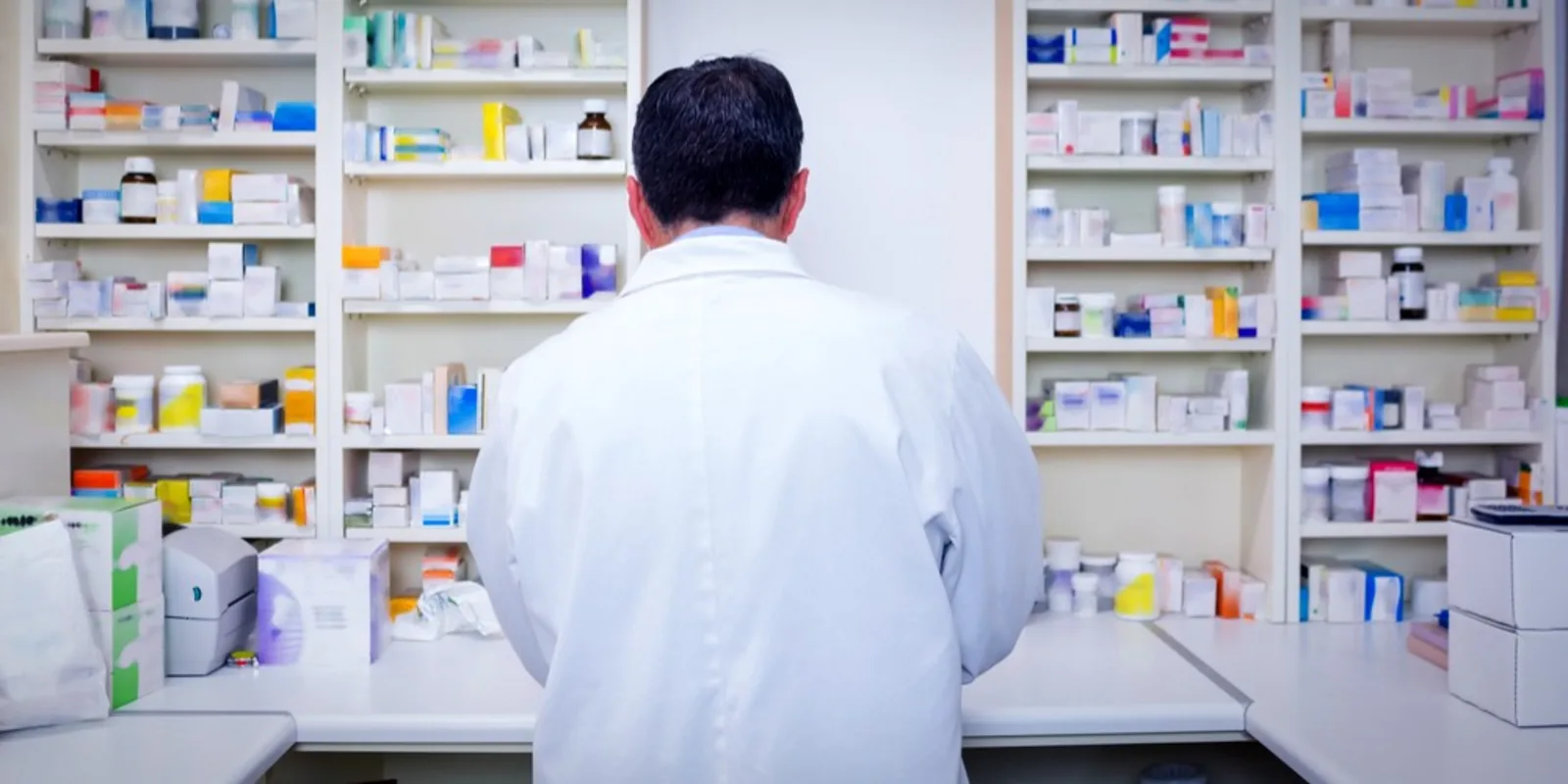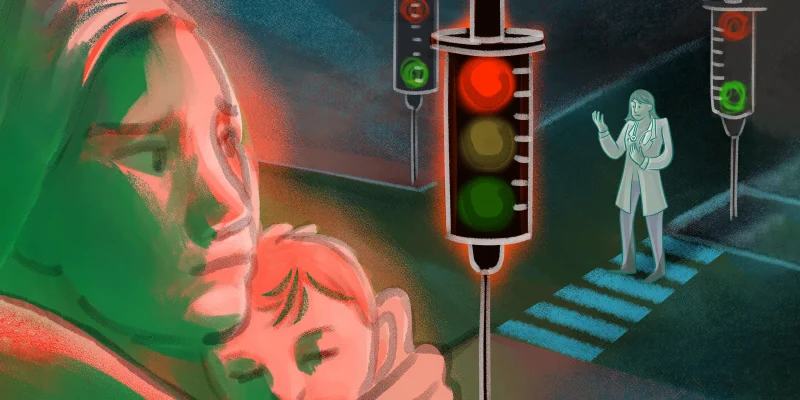
Most of the general public probably isn’t aware that many pharmacists work inside hospitals. If you were to randomly ask someone on the street what they think a pharmacist does, you would probably hear answers like: “They count pills”, “They put pills into a bottle,” or, “They make drugs.” You know that pharmacists do much more than that, of course. Yet, though I’ve been a practicing pharmacist for more than five years, I’m still surprised that many ED clinicians aren’t aware that pharmacists are actively involved in emergency medicine.
As I’ve progressed in my career, I’ve noticed a real need to advance pharmacy practice in emergency medicine. With a little work and understanding, I think we can optimize patient care by creating a dynamic, collaborative practice model with physicians, nurses, and other allied health professionals.
The ED pharmacist’s scope of practice
The role of the pharmacist is multifunctional. We’re able to design, implement, and monitor an evidence-based drug therapy treatment plan, at the bedside! We’re also able provide summation of available literature, which may help clinicians decide on whether to use a particular drug therapy or not.
In medical emergencies, we respond with physicians and nurses to provide emergency resuscitative care. We can design a plan for the use of drugs to secure an advanced airway, recommend the use of various high-risk sedatives or vasopressors specific to each patient’s individual needs, and even do chest compression. Pharmacists also conduct research in the hospital and ED!
Wait. Pharmacists do ED research?
Pharmacists do plenty of research. In our hospital, the ED pharmacy team collaborates with ED attendings and residents to conduct research. Ours is focused on acute pain management and initiatives that may advance practice to optimize patient care. With everyone’s kind support, our program is currently involved with randomized controlled trials, prospective case series, and retrospective chart reviews.
Give us a call, early and often
Though physicians do call pharmacists, they could do it more frequently. I often wish physicians called me sooner for a pain consults. Our emergency department once treated an elderly gentleman who had a severe shoulder injury from a motor vehicle accident. After three rounds of morphine, he was still in extreme pain. When I received the phone call consult on acute pain management, one of the first things that came to my mind was, “I wish they had called me sooner!”
In this case, I recommended a subdissociative dose of ketamine, which is the focus of our research. Ketamine is a N-methyl-D-aspartate receptor antagonist that mitigates hyperalgesia. At subdissociative doses[1] , we can minimize the psychotropic effects that are observed with the drug. It worked like a charm; the pain subsided within five minutes. If the call had come earlier, we could have saved the patient from a lot more pain.
Still skeptical?
I hope emergency clinicians know that pharmacists are here to make your lives easier. Emergency medical care is a fast-paced, time-sensitive, and, more often than not, hectic. Pharmacists are here to make things easier and to ensure that patients are getting the best care possible.
To further integrate pharmacists into your practice, I suggest scheduling informal gatherings after hours. A more-relaxed setting may help each party enhance relationships, understand the potential roles and benefits, and augment interprofessional collaboration to optimize patient care. Practicing in the ED is very gratifying. Practicing in the ED with people who you enjoy working with day in and day out is even better. So give us a call.
Billy Sin is an Assistant Professor of Pharmacy Practice at Long Island University and the Emergency Medicine (EM) Pharmacotherapy Specialist, Director of Emergency Medicine Clinical Research Program, and PGY2 EM Pharmacy Residency Program at The Brooklyn Hospital Center. He has multiple publications focused on EM pharmacy practice & pain management.







